Oral Surgery in Cats
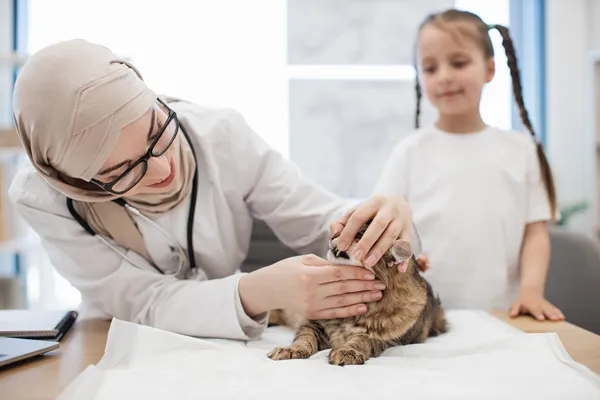
There are many reasons why your cat might need oral surgery, including dental disease and oral tumors. Your veterinarian may refer your cat to a board-certified dentist, surgeon, or oncologist. Prior to your cat’s surgery, blood tests will be performed to prepare an anesthetic protocol suitable for your cat. Most cats recover with minimal discomfort and will need to eat soft food until healing is complete.
Malocclusions in Cats: When Teeth Are Misaligned
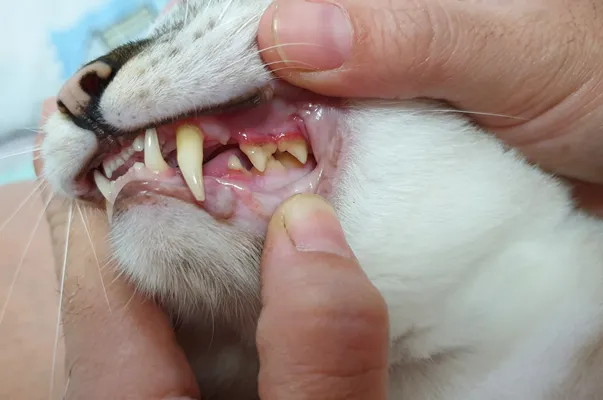
Cats have four types of teeth: incisors, canines, premolars, and molars. Skeletal malocclusion results when an abnormal jaw length creates a malalignment of the teeth. Dental malocclusion occurs when the upper and lower jaw lengths are considered normal but one or more teeth are out of normal alignment. This article explains the common forms of skeletal and dental malocclusion seen in cats.
Halitosis in Cats
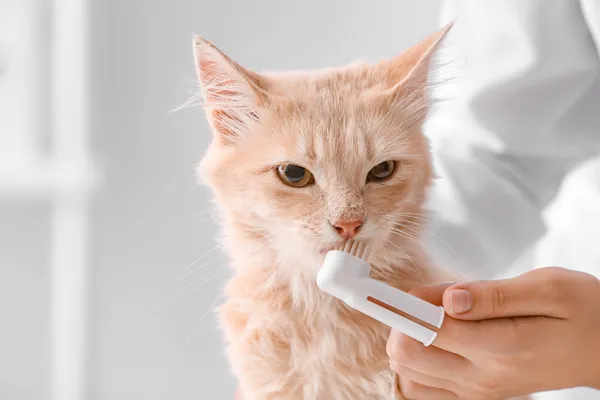
Bad breath (halitosis) is caused by bacteria, plaque, tartar, decomposing food particles, or death of tissue. Treatment of halitosis in cats involves eliminating the cause(s). The teeth need to be thoroughly cleaned and polished under general anesthesia. Teeth affected by advanced periodontal disease or tooth resorption need to be extracted. Reducing the accumulation of plaque, tartar, and resulting halitosis can be achieved by using VOHC-accepted products.
Gingivitis and Stomatitis in Cats

What are gingivitis and stomatitis? Gingivitis is a medical term that refers to inflammation of the gingiva (gums). Gingivitis is the earliest and only reversible stage of periodontal disease (disease of the support structures surrounding the teeth). Stomatitis refers to a more generalized inflammation of the mucous membranes within the mouth and may involve the gums, tongue, […]
Fractured Teeth in Cats
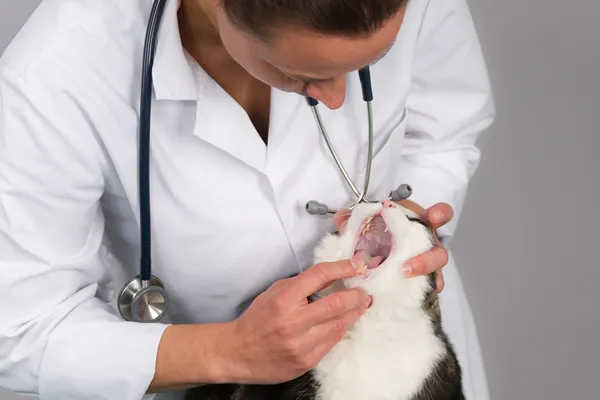
Fractured teeth in cats can result from fights, car accidents, and chewing on hard objects. There are five classifications of tooth fractures and each needs treatment to avoid tooth sensitivity and pain. Because cats have thin enamel, even a small chip fracture can cause pain and needs veterinary care. Clinical signs include chewing on one side of the mouth, excessive drooling, pawing at the mouth, and facial swelling.
Feline Alveolar (Expansile) Osteitis

Alveolar osteitis, also called expansile osteitis, is a relatively common condition that results from chronic periodontal disease in cats. It is painful and can interfere with grooming and eating. If this disorder is detected early, it may be possible to treat the disease without tooth extraction by performing thorough periodontal therapy (dental cleaning and scaling).
Does My Cat Need a Root Canal?

When a tooth is broken with the pulp exposed, there are only two choices for treatment: root canal therapy or extraction. Root canal therapy involves removing the pulp from the center of an injured tooth, sterilizing the canal, and replacing the removed pulp with dental materials; this prevents bacteria from penetrating the center of the tooth. Root canal therapy is less invasive than extraction but requires advanced training and specialized equipment.
Dental Pain in Cats
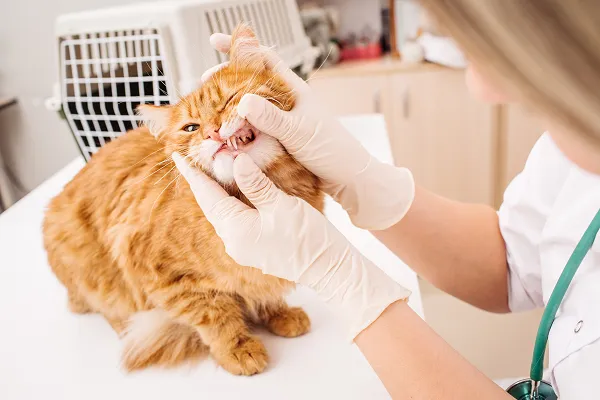
Dental pain may take on a variety of appearances, but often, a cat will not show any outward signs of pain. The only effective treatment for dental pain is to address the cat’s underlying dental disease. The best way to prevent dental pain is to ensure that your cat receives regular dental care through a home dental care plan and regular veterinary dental care.
Dental Disease in Cats

Dental disease is one of the most common medical conditions seen by veterinarians. The most common types of dental disease in cats are periodontal disease and tooth resorption. This article discusses the most common dental diseases in cats, signs, diagnostic procedures, treatments, and preventive steps to keep a cat’s teeth healthy.
Dental Disease and Its Relation to Systemic Disease in Pets
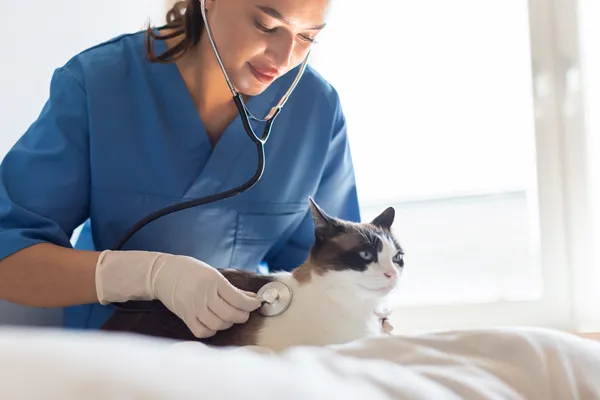
Dental disease, also known as periodontal disease, is a condition in which the tissues supporting the teeth become inflamed. When a pet develops dental disease, significant quantities of bacteria reside within the mouth and the oral tissues. These bacteria can enter the bloodstream and travel to other areas such as the liver and kidneys, causing distant or systemic effects.

